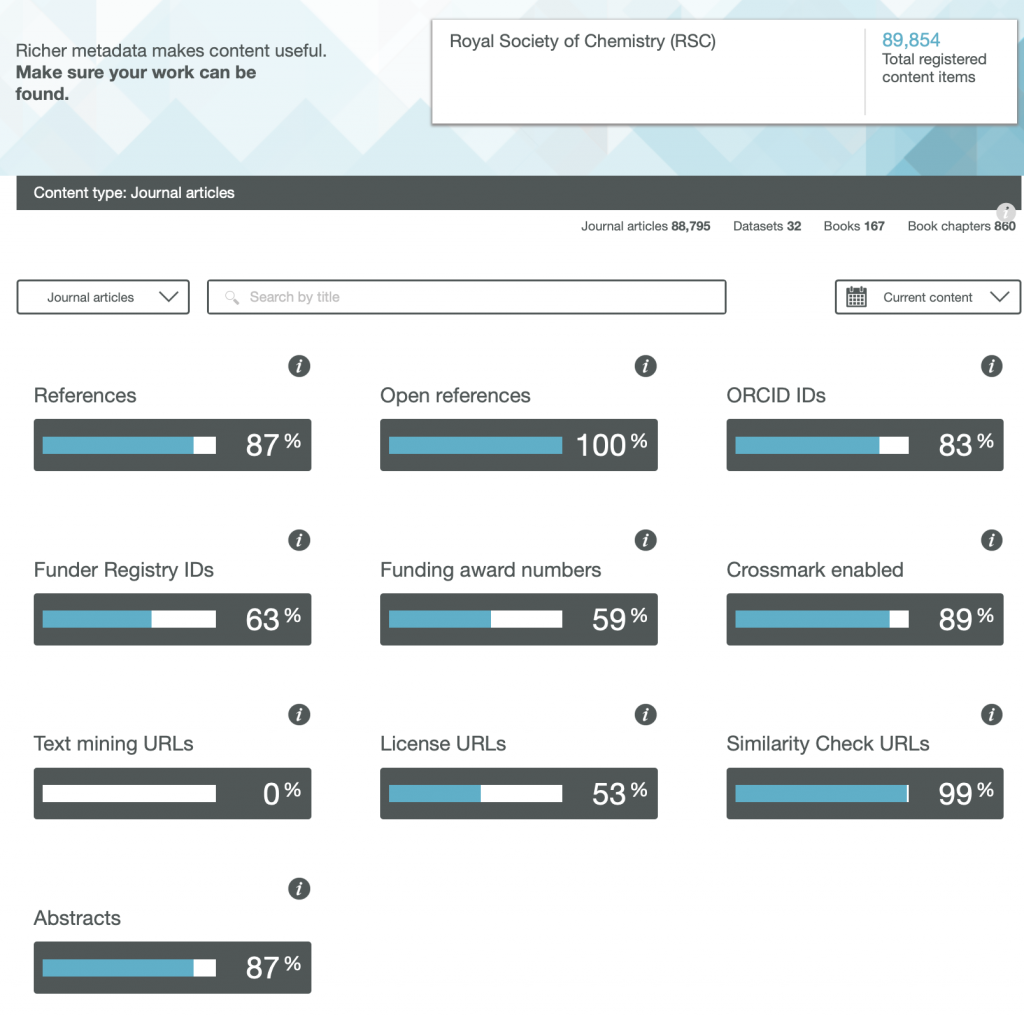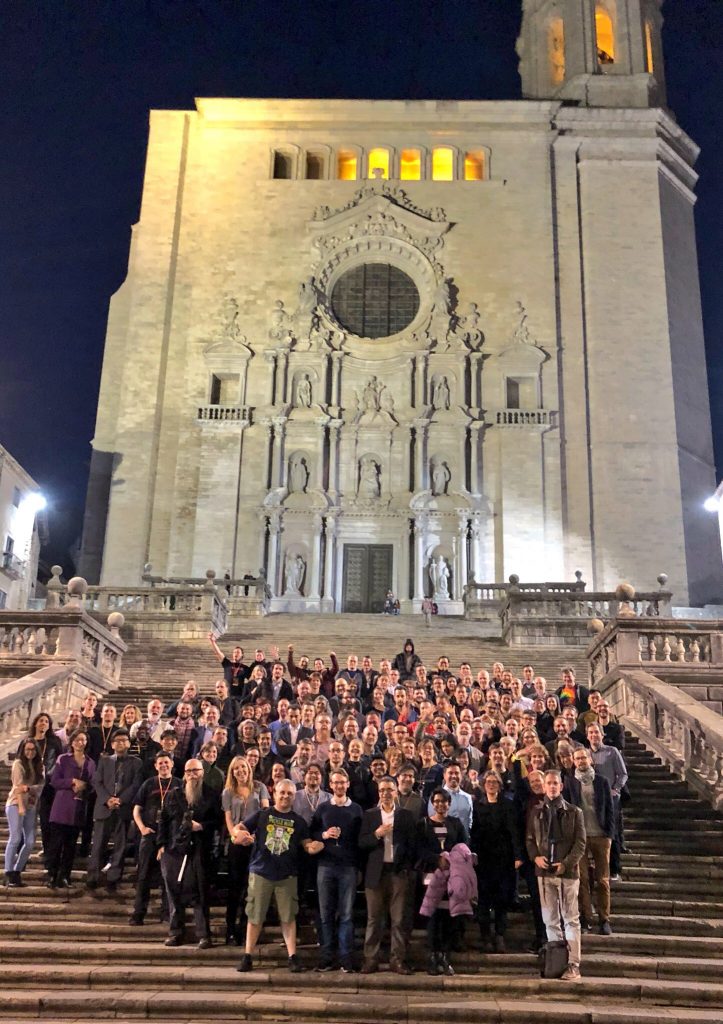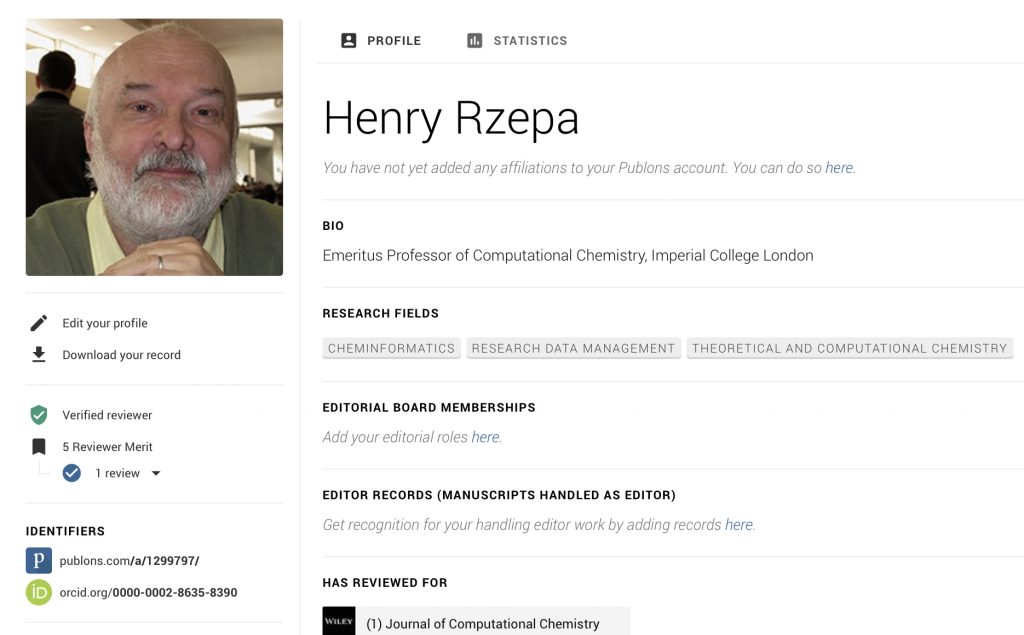In a previous post, I looked at the Findability of FAIR data in common chemistry journals. Here I move on to the next letter, the A = Accessible. The attributes of A[cite]10.1038/sdata.2016.18[/cite] include: (meta)data are retrievable by their identifier using a standardized communication protocol. the protocol is open, free and universally implementable. the protocol allows for an authentication and authorization procedure.
In recent years, findable data has become ever more important (the F in FAIR). Here I test that F using the DataCite search service. Firstly an introduction to this service. This is a metadata database about datasets and other research objects.
The conventional procedures for reporting analysis or new results in science is to compose an “article”, augment that perhaps with “supporting information” or “SI”, submit to a journal which undertakes peer review, with revision as necessary for acceptance and finally publication. If errors in the original are later identified, a separate corrigendum can be submitted to the same journal, although this is relatively rare.

The title of this post comes from the site www.crossref.org/members/prep/ Here you can explore how your favourite publisher of scientific articles exposes metadata for their journal. Firstly, a reminder that when an article is published, the publisher collects information about the article (the “metadata”) and registers this information with CrossRef in exchange for a DOI.
The traditional structure of the research article has been honed and perfected for over 350 years by its custodians, the publishers of scientific journals. Nowadays, for some journals at least, it might be viewed as much as a profit centre as the perfected mechanism for scientific communication. Here I take a look at the components of such articles to try to envisage its future, with the focus on molecules and chemistry.
For perhaps ten years now, the future of scientific publishing has been hotly debated. The traditional models are often thought to be badly broken, although convergence to a consensus of what a better model should be is not apparently close. But to my mind, much of this debate seems to miss one important point, how to publish data.
Harnessing FAIR data is an event being held in London on September 3rd; no doubt all the speakers will espouse its virtues and speculate about how to realize its potential. ♥ Admirable aspirations indeed. Capturing hearts and minds also needs lots of real life applications!
The topic of open citations was presented at the PIDapalooza conference and represents a third component in the increasing corpus of open scientific information. David Shotton gave us an update on Citations as First Class data objects – Citation Identifiers and introduced (me) to the blog where he discusses this topic.

Another occasional conference report (day 1). So why is one about “persistent identifiers” important, and particularly to the chemistry domain? The PID most familiar to most chemists is the DOI (digital object identifier). In fact there are many; some 60 types have been collected by ORCID (themselves purveyors of researcher identifiers). They sometimes even have different names;

We have heard a lot about OA or Open Access (of journal articles) in the last five years, often in association with the APC (Article Processing Charge) model of funding such OA availability. Rather less discussed is how the model of the peer review of these articles might also evolve into an Open environment. Here I muse about two experiences I had recently.
